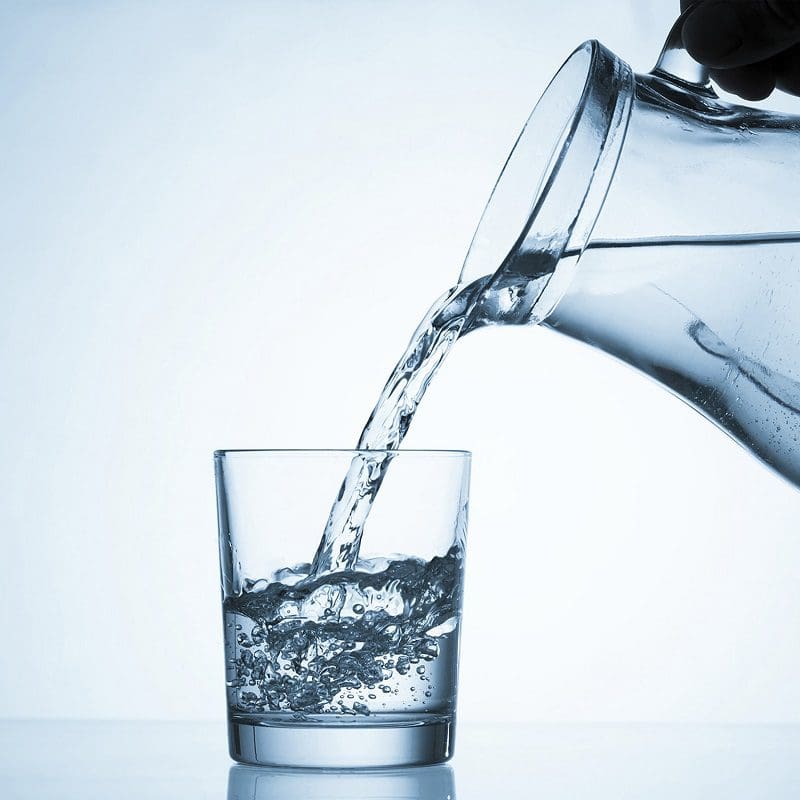A calorie is a unit of energy that acts as a source of fuel for the body, to perform its daily functions. Calories are then broken down into three main macronutrients: carbohydrates (CHO), protein, and fats, which provides functions that are essential for energy production, alongside protecting vital organs, muscle, and skeletal functioning, and facilitating the immune and nervous system. The Government Dietary Recommendations advises that males and females should consume 2500 kcal or 2000 kcal/day. However, measuring the gold standard total energy expenditure (TEE), is a greater observation for individuals, as TEE includes inter-individual differences such as body weight, composition, and activity level, where nutritional requirements can be individualised.
Carbohydrate
Carbohydrates are sugar molecules that are broken down by the digestive system into glucose, which is the main energy source for the body, and functioning for vital organs such as the brain. Glucose can be made out of necessity from proteins using gluconeogenesis. Carbohydrates are divided into two, determined by the food’s chemical structure and how quickly the body can digest it.
- Simple CHO- short-lasting elevation in energy, however, are broken down quickly for energy or glucose. For example, fruits, milk, and breakfast cereal.
- Complex CHO- long-lasting elevation in energy, and take longer to digest due to containing longer chains of sugar molecules, taking longer to break down. For example, starches (pasta, bread, rice, beans, potatoes).
Protein
Essential for growth, build, and repairing tissues, while protecting muscle mass. Protein contains two types of amino acids: non-essential and essential, in which essential amino acids are required through diet, which can be found in foods such as meat, poultry, milk, or other types of animal by-product. Plant protein sources such as beans, lentils, nuts also contain essential amino acids.
Fat
Provides an essential function, acting as a long-term source of energy, whilst insulating and protecting the vital organs, and absorbing vital micronutrients. For athletes, fat intake is critical for controlling cholesterol and blood pressure during exercise. Despite the controversy of fats and the earlier assumptions that reducing total fat intake (< 30% of energy) would improve metabolic health and risks of cardiovascular disease and cancer, polyunsaturated fats provide the essential functions.
Trans fat- should be avoided, as most trans fat comes from hydrogenating or adding hydrogen molecules to unsaturated fats. Examples., fried foods, margarine, doughs.
Saturated fat (< 10 % of daily calories)- too much saturated fat in diet can increase LDL cholesterol levels, with a greater risk of heart disease. Examples., found mostly in animal sources with high fat contents (lamb, beef, pork, with skin, dairy, or butter.
Unsaturated fat- (monounsaturated = 15-20% polyunsaturated = 5-10% of daily calories) healthy fats, originated from plant sources such as avocados, vegetable oils, or animal sources such as fish: salmon, tuna, sardines.
Calculating Macronutrients
Carbohydrate- 10g = 40 kcal
Protein- 10g = 40 kcal
Fat- 10g = 90 kcal
– Calculate total Macronutrient Calories
Nutrition labelling- you can calculate the calories for each macronutrient by multiplying each by their designated macronutrient calorie count
– Assess Macro Ratio (%)
Divide each calorie quantity by total calories and then multiply by 100. The percentage of all three macronutrients should total 100%.
Tracking apps such as my fitness pal, can be helpful when there is no nutrition facts label, as they provide a nutritional breakdown of the food through either a database, or a barcode scanner feature to quickly input nutrition information for packaged foods.
Calculating Total Energy Expenditure (TEE)
TEE is the required calories that are burned throughout the day, that consider the energy costs of the essential processes, such as brain functioning, (basal metabolic rate (BMR), of the energy expended to digest, absorb, and convert food, and the energy expended during physical activities. From previous research, calculating TEE is a greater observation for individuals, as TEE includes inter-individual differences such as body weight, composition, and activity level, where nutritional requirements can be individualised. TEE provides a baseline to compare current consumption to and then adjust accordingly to goals, for example fat loss or muscle gain
Kcal/day = 500 + 22 x lean body mass, where lean body mass + (0.32810 x weight in kg) + (0.33929 x height in cm) – 22.5336.
Conclusion
In conclusion, mastering the art of calculating calories and macronutrients is an empowering journey toward optimising nutrition and achieving health and fitness goals. By understanding the energy content of various foods and tailoring macronutrient intake to individual needs, one can create a balanced and sustainable dietary plan. Whether aiming for weight loss, muscle gain, or overall well-being, the precision offered by calorie and macronutrient calculations allows for a more informed and intentional approach to nutrition. Remember, the key lies in moderation, flexibility, and recognizing the unique requirements of your body. Armed with this knowledge, individuals can embark on a nutritional path that not only fuels their physical endeavours but also nurtures a healthy relationship with food.
If you have found this article useless and would like to speak to one of our team and nutritionists to get help in designing a nutritional program for you that you can follow then please contact us via email or telephone.





